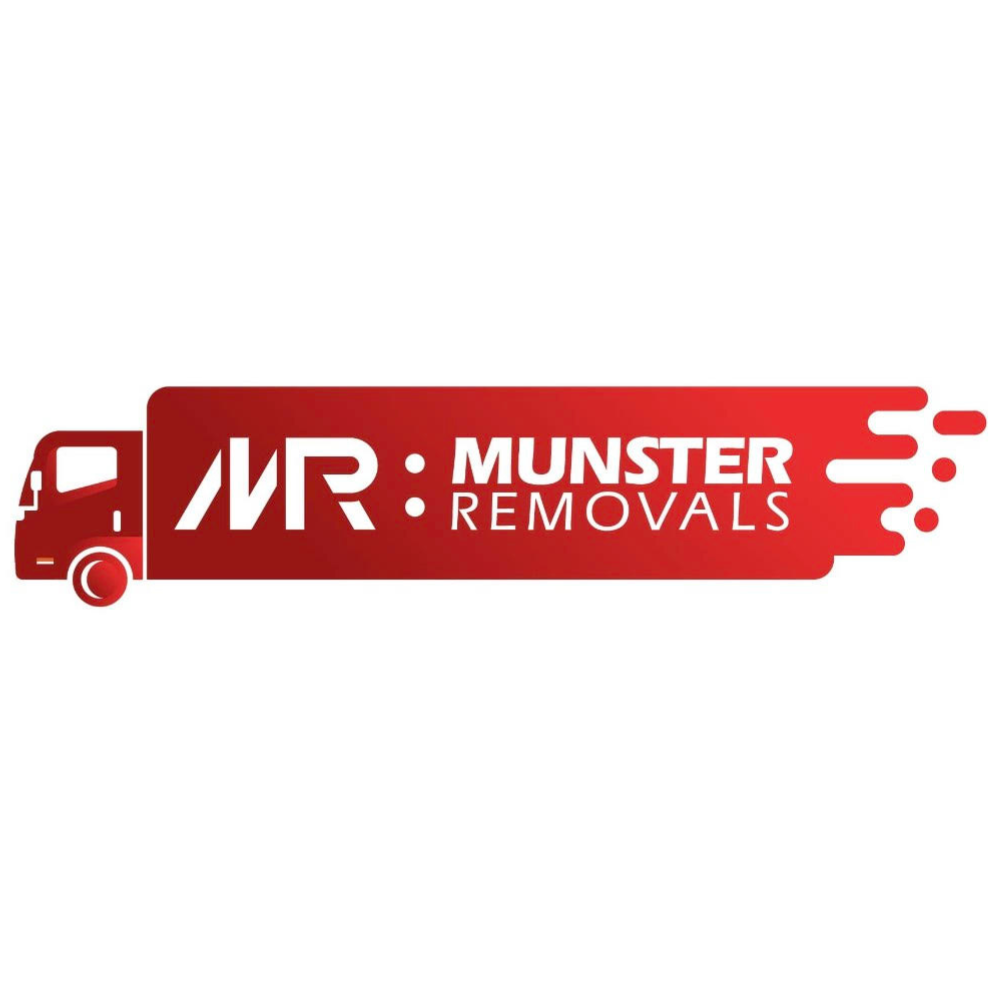Moving can be a stressful endeavor, and one of the critical aspects to consider is how to store your furniture during the transition. Whether you're downsizing, renovating, or in-between homes, choosing the right storage option is crucial to ensuring your furniture remains safe and in good condition. In this article, we'll explore the various factors you should consider when selecting storage options for furniture removals.
1. Type of Storage Facility
The first decision you'll need to make is the type of storage facility that suits your needs. There are generally two main types: self-storage units and full-service storage.
Self-Storage Units
Self-storage units are standalone units that you rent on a monthly basis. They provide you with a secure space to store your furniture, and you have the flexibility to access your items whenever needed. When choosing a self-storage facility, consider its location, security features, and the size of units available.
Full-Service Storage
Full-service storage takes the burden off your shoulders. The storage company picks up your furniture, transports it to their facility, and returns it to your new location when required. This option is convenient, especially if you're looking to minimize the hassle of moving and storage. However, it might be pricier than self-storage.
2. Storage Unit Size
Selecting the right size of storage unit is crucial to ensure that all your furniture fits comfortably without risking damage. Many storage facilities offer units in various sizes, so assess your needs and choose accordingly. Consider creating a list of the furniture pieces you plan to store and their dimensions to estimate the required space accurately.
3. Climate-Controlled Storage
Climate-controlled storage is essential, especially if you're storing furniture that is susceptible to temperature and humidity changes. Wood furniture, leather upholstery, and electronics are examples of items that can be damaged by extreme conditions. Climate-controlled units maintain a stable environment, protecting your furniture from heat, cold, and humidity.
4. Security Measures
The security of your stored furniture should be a top priority. When evaluating storage options, inquire about the security measures in place. Look for facilities with surveillance cameras, secure access points, and onsite personnel. Additionally, check if the facility has proper lighting, as well-lit areas are less attractive to potential intruders.
5. Insurance Coverage
Accidents and unforeseen events can happen, even in the most secure storage facilities. It's wise to inquire about insurance coverage for your stored furniture. Some storage facilities offer insurance options, while others may require you to provide your insurance. Ensure that your furniture is adequately covered against theft, damage, or loss.
6. Accessibility
Consider how often you'll need to access your stored furniture. If you anticipate needing frequent access, opt for a storage facility with convenient access hours. Some facilities offer 24/7 access, while others may have more restricted hours. Assess your schedule and preferences to choose a facility that aligns with your needs.
7. Duration of Storage
The duration for which you plan to store your furniture is a crucial factor. If you only need short-term storage during a move or renovation, a self-storage unit might be the most cost-effective option. For longer durations, a full-service storage solution with added convenience and security features might be worth the investment.
8. Cost Considerations
Cost is a significant factor in any decision-making process. When comparing storage options, consider the overall cost, including monthly rental fees, transportation costs, and any additional fees for services like packing and unpacking. Balance the cost with the convenience and features offered by each storage solution to find the best value for your budget.
9. Customer Reviews and Reputation
Before finalizing your decision, research the reputation of the storage facilities you're considering. Read customer reviews to get insights into the experiences of others. Look for testimonials regarding the condition of furniture upon retrieval, the responsiveness of staff, and overall satisfaction. A facility with positive reviews is likely to provide reliable and satisfactory services.
10. Specialized Storage Requirements
Some furniture may have unique storage requirements. For example, antique furniture, musical instruments, or artwork may need specialized storage conditions. Ensure that the storage facility can accommodate any special needs your furniture may have to prevent damage or deterioration.
Conclusion
Selecting the right storage option for your furniture removals requires careful consideration of various factors. From the type of storage facility to security measures and cost considerations, each aspect plays a crucial role in ensuring a smooth and stress-free storage experience. By taking the time to assess your specific needs and researching potential storage facilities, you can make an informed decision that safeguards your furniture and provides peace of mind during the moving process.
